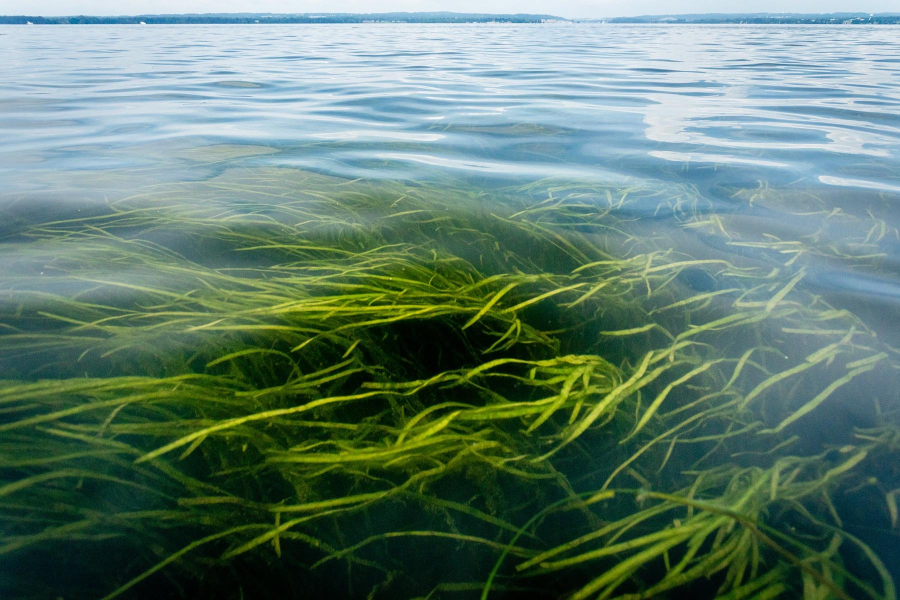Volunteer as a Chesapeake Bay SAV Watcher
A new monitoring program needs volunteers to help scientists collect valuable data on underwater grasses

This spring, the Chesapeake Bay Program launched a volunteer-based submerged aquatic vegetation (SAV) monitoring program. Known as the Chesapeake Bay SAV Watchers, this program provides volunteers with an engaging and educational opportunity to record valuable data for scientists.
SAV, also known as underwater grasses, plays an important role in the Chesapeake Bay ecosystem. Underwater grasses add oxygen to the water, improve water clarity, trap sediment, absorb excess nutrients and provide food and shelter to a variety of wildlife. Therefore, understanding SAV conditions helps us understand the broader health of the Chesapeake Bay watershed.
The Chesapeake Bay SAV Watchers program has come at exactly the right time, said Brooke Landry, a biologist at the Maryland Department of Natural Resources and chair of the Chesapeake Bay Program’s SAV Workgroup. “The program gives us detailed, local-scale SAV data that we can use in a predictive capacity. The data can then be used to inform targeted restoration efforts, policies and management decisions.”
Volunteers can document everything from SAV species to the presence of shoreline erosion. The data collection standards were developed by the University of Maryland Center for Environmental Science’s Integration and Applications Network, who collaborated with SAV experts from around the Bay watershed to ensure that the protocol was accessible for volunteers, while still providing scientists with useful, quality data sets.
In addition to its scientific benefits, the program provides unique opportunities for community engagement and stewardship. “The more people learn about SAV, the more engaged and excited they are to help monitor and protect it,” said Landry.
How to get involved
It is easy to become a Chesapeake Bay SAV Watcher. The website provides volunteers with everything they need to collect data on SAV, including a monitoring guide, a series of training videos and a pocket field guide. Volunteers will also soon be able to attend a certification program with partnering Riverkeepers to ensure that their data meets research, management and conservation standards.
The SAV Watchers program is accessible for people of all experience levels and backgrounds. The program is broken into two tiers, each of which is aimed at a different user group and represents a different level of monitoring intensity. Anyone with a smartphone can download the Water Reporter mobile app, join the Chesapeake Bay SAV Watchers group and upload SAV photos online.
Contact Brooke Landry at brooke.landry@maryland.gov with any questions about the SAV Watchers, the training program or how to get in touch with your local Riverkeeper.

Comments
need something on lower eastern shore
Thank you!
Your comment has been received. Before it can be published, the comment will be reviewed by our team to ensure it adheres with our rules of engagement.
Back to recent stories